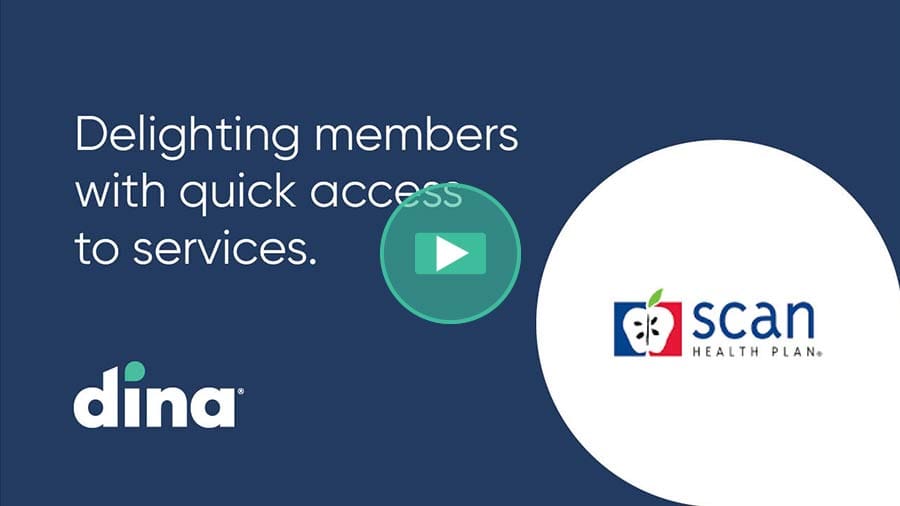
The “Ensuring Access to Medicaid Services’‘ rule has been finalized and the “80-20” provision has gone through as proposed. This means providers will eventually need to direct 80% of reimbursement for home- and community-based services (HCBS) to caregiver wages.
First proposed by CMS in April 2023, the goal of the rule is to enhance access to HCBS for Medicaid beneficiaries. CMS is hopeful that allocating 80% of reimbursement for direct care worker wages will ensure better access to services including personal care, homemakers and home health aides.
But some stakeholders question the impact of additional costs, lack of infrastructure for collecting and reporting out data, and lack of safeguards to ensure that the dollars are being distributed as intended.
The 80-20 rule is one part of the Medicaid Access rule. There are other provisions that would aim to help reduce HCBS waiting times for beneficiaries, add additional transparency around those waiting lists, and enhance quality reporting. But, for now, those provisions have not moved forward.
Creating Efficiencies, Growing Capacity
“Home care agencies feel the 80/20 rule will force many companies to close their doors and go out of business, further worsening the access to home care for Medicaid members,” said Ashish V. Shah, Dina CEO.
“On the other hand, CMS believes this is a way to bring more caregivers into the profession to meet the demands of a growing Medicaid segment that needs home care. We believe technology has a role to play here to help create efficiencies and grow capacity,” he said. “This addresses the concerns on both sides of the issue.”
One of the many motivators for passing the rule is the potential to delay progression to long-term care facilities by providing more care in the home and reducing total spend. There is encouraging data that show that a Medicaid member stays in their home 21 months longer versus moving into a nursing home when the appropriate home-based services and interventions are activated.
How the Medicaid Access Rule Is Addressing Workforce Challenges
The new rule establishes access standards through Medicaid or CHIP-managed care plans, as well as transparency for Medicaid payment rates to providers, including hourly rates and compensation for certain home care and other direct care workers.
“While this is a positive step forward, there are concerns that it can take years for the rule to be implemented, which does not address the current workforce shortages,” Shah said.
Health plans and agencies are trying to improve access to personal care in a meaningful way. Recognizing that, in most cases, more of the reimbursement dollar will go directly to the caregiver, it is critical to streamline the coordination between health plans and agencies.
“Agencies will need easier mechanisms to coordinate and work with health plans,” said Shah. “Administrative costs have to go down to make the margins work for them to be able to support Medicaid patients.
“The 80-20 rule means that they are now incentivized to open access without introducing operational burden on their provider network. Investing in tools that make it easy to find the right agencies for a given member need and then streamlining the acceptance and intake processes will help agencies manage their margins.”
How did SCAN Health Plan reduce the time it takes to initiate services from weeks to days?
Watch this short video to learn more.





